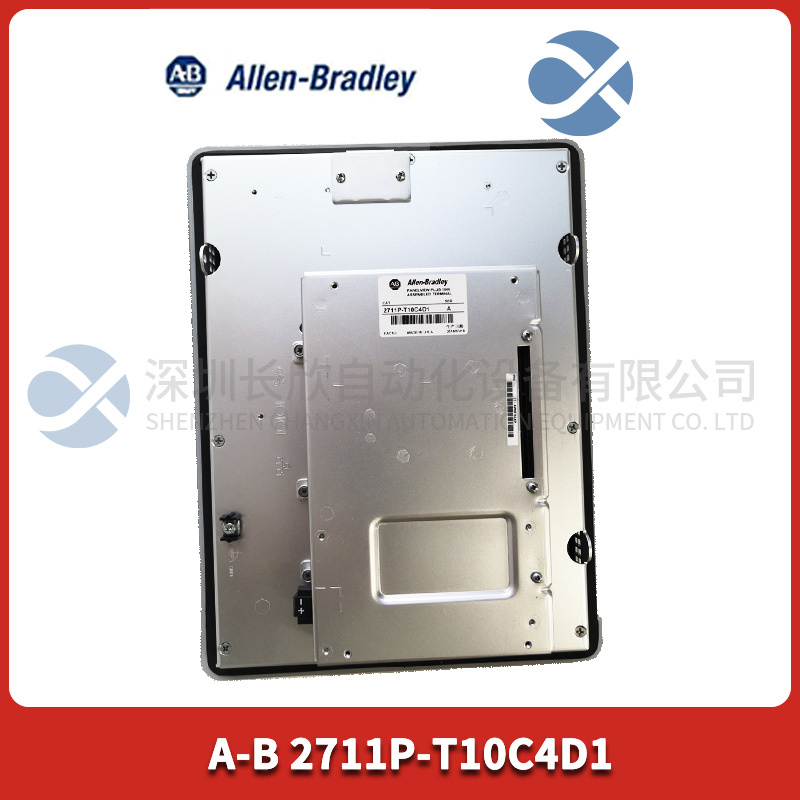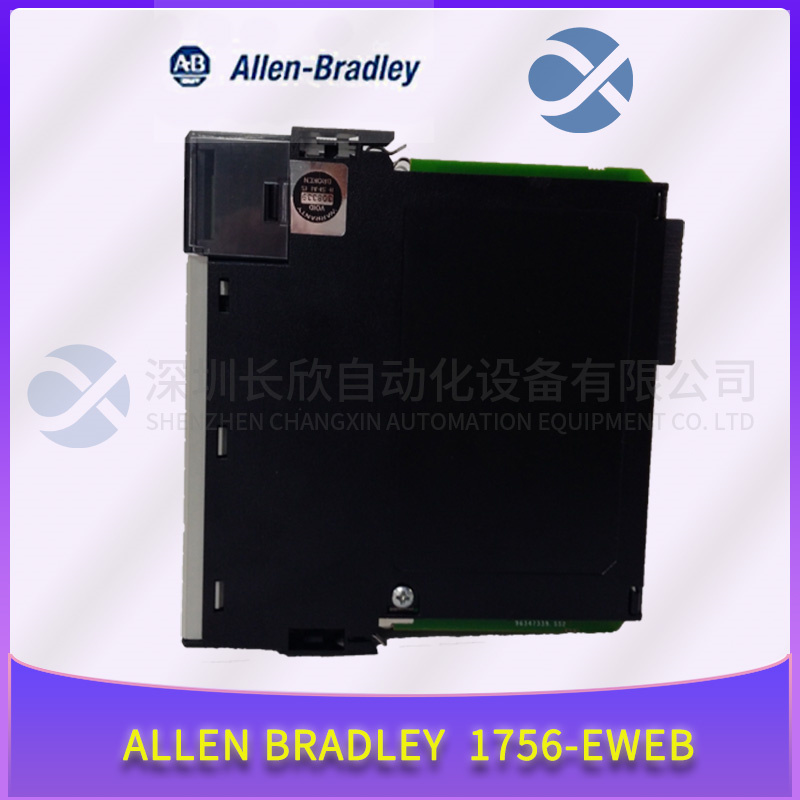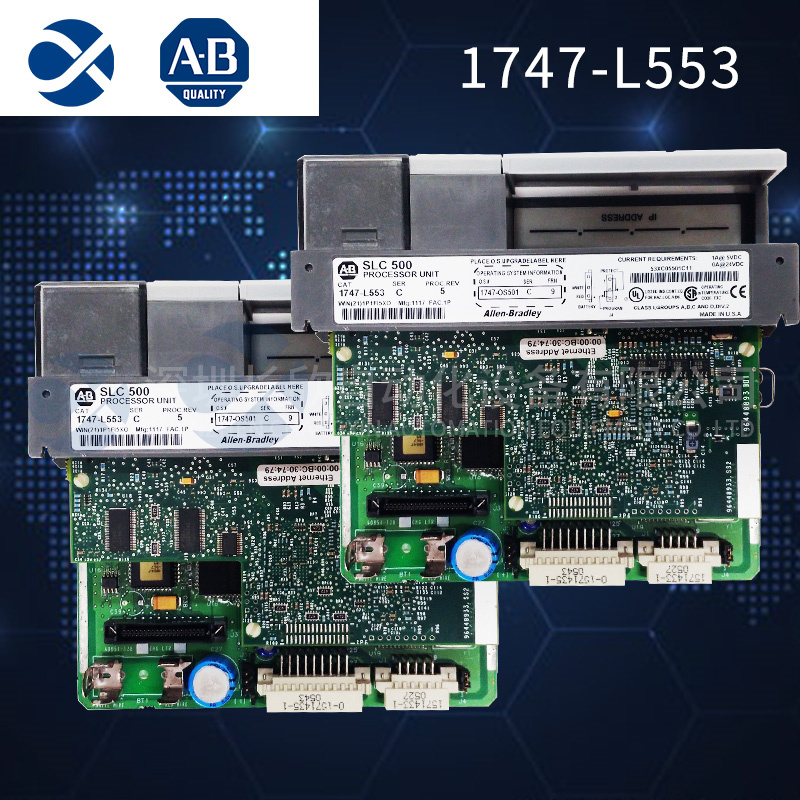Description
Electric machinery (commonly known as “motor”) is an electromagnetic device that converts or transmits electrical energy according to the law of electromagnetic induction.
The motor in the circuit is expressed by the letter M (the old standard is D), its main role is to produce driving torque, as a power source for electrical appliances or various machinery, the generator in the circuit is expressed by the letter G, its main role is to use mechanical energy to convert into electrical energy.
According to the structure and working principle can be divided into: can be divided into DC motor, asynchronous motor, synchronous motor.
1) Synchronous motor can be divided into: permanent magnet synchronous motor, reluctance synchronous motor and hysteresis synchronous motor.
2) Induction motor can be divided into: induction motor and AC commutator motor.
Induction motors can be divided into: three-phase asynchronous motors, single-phase asynchronous motors and cowl pole asynchronous motors.
Ac commutator motor can be divided into: single-phase series motor, AC-DC motor and repulsion motor.
The working principle of the DC generator is that the alternating electromotive force induced in the armature coil depends on the commutator with the commutation of the brush, so that it becomes a direct current electromotive force when it is drawn from the end of the brush.
The direction of the induced electromotive force is determined according to the right hand rule (the magnetic induction line points to the palm, the thumb points to the direction of the conductor, and the other four fingers point to the direction of the induced electromotive force in the conductor).
Working principle
The direction of the conductor force is determined by the left hand rule. This pair of electromagnetic forces form a torque acting on the armature, this torque is called electromagnetic torque in the rotating motor, the direction of the torque is counterclockwise, trying to make the armature turn counterclockwise. If this electromagnetic torque can overcome the resistance torque on the armature (such as the resistance torque caused by friction and other load torque), the armature can be rotated counterclockwise.
The excitation mode of DC motor refers to the problem of how to supply power to the excitation winding and generate the excitation flux potential to establish the main magnetic field. According to the different excitation mode, DC motors can be divided into the following types.
Separate excitation
There is no connection between the excitation winding and the armature winding, and the DC motor powered by other DC power supplies to the excitation winding is called the separately excited DC motor, and the wiring is shown in Figure 1.23 (a). In the figure, M represents the motor, and if it is a generator, it is represented by G. Permanent magnet DC motor can also be regarded as separately excited DC motor.
Shunt excitation
The field winding of a shunt DC motor is in parallel with the armature winding. As a shunt generator, the end voltage emitted by the motor itself supplies power to the excitation winding; As a shunt motor, the field winding and armature share the same power supply, and the performance is the same as that of separately excited DC motor.
Series excitation
After the excitation winding of the series DC motor is connected to the armature winding in series, it is connected to the DC power supply. The exciting current of this kind of DC motor is the armature current.
Compound excitation
The compound DC motor has two exciting windings: shunt and series. If the flux potential generated by the series winding is in the same direction as the flux potential generated by the shunt winding, it is called cumulative compound excitation. If the two flux potentials are in opposite directions, it is called differential compound excitation.
Dc motors with different excitation modes have different characteristics. In general, the main excitation modes of DC motor are shunt excitation, series excitation and compound excitation, and the main excitation modes of DC generator are separate excitation, shunt excitation and compound excitation.
Advantage spot, can not inquire, can not buy, please contact us! We have the discontinued spare parts you urgently need.
Advantage,! , products, services, adequate inventory,
Welcome to inquire, we will give you a preferential price!

 WhatsApp:+86 18005022363 WeChat: +86 18005022363 /+86 18150887953
WhatsApp:+86 18005022363 WeChat: +86 18005022363 /+86 18150887953  Email:
Email:
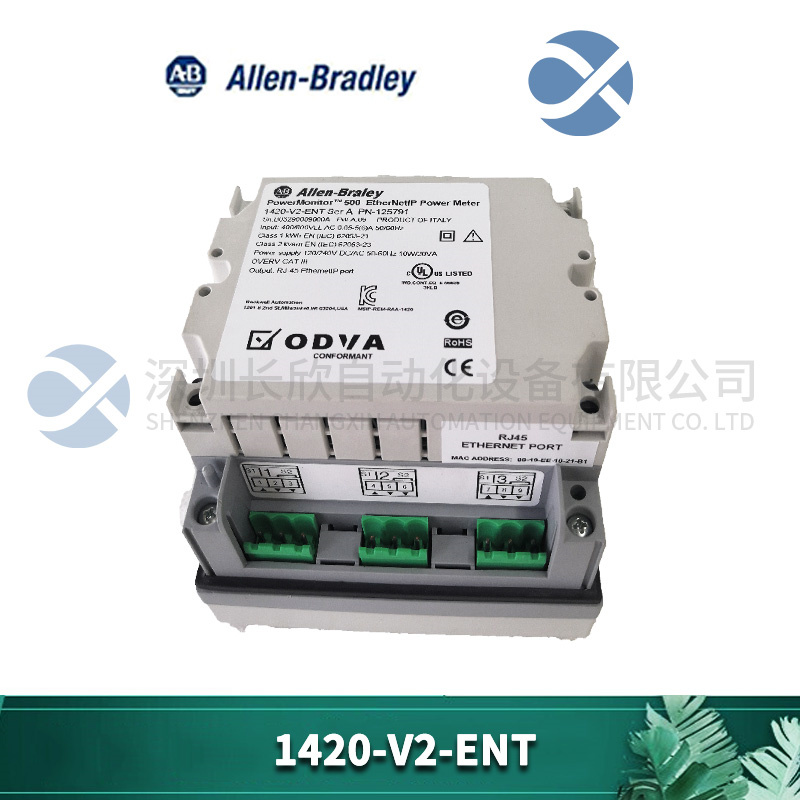

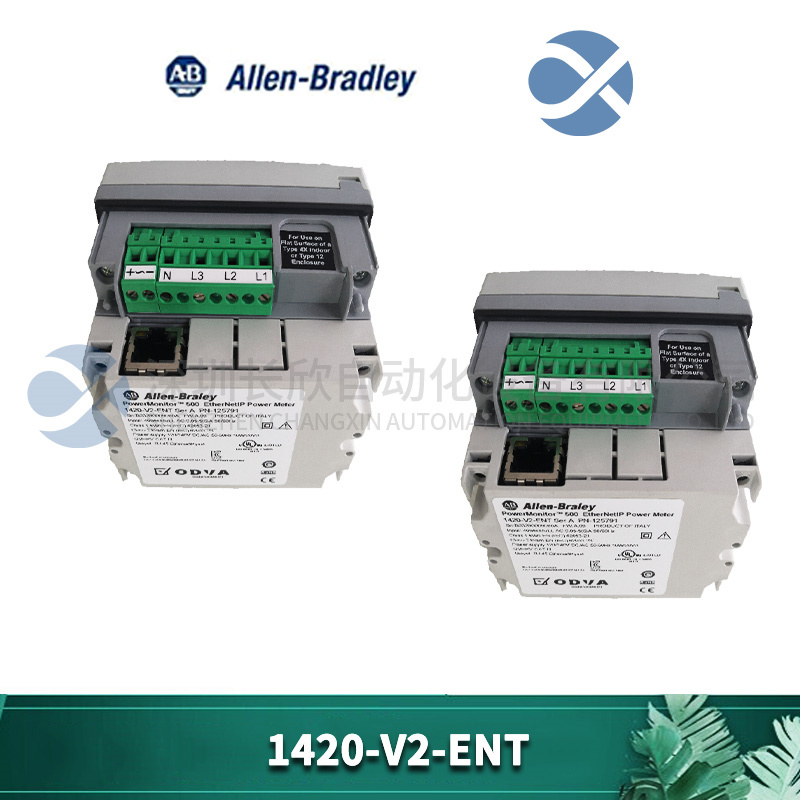
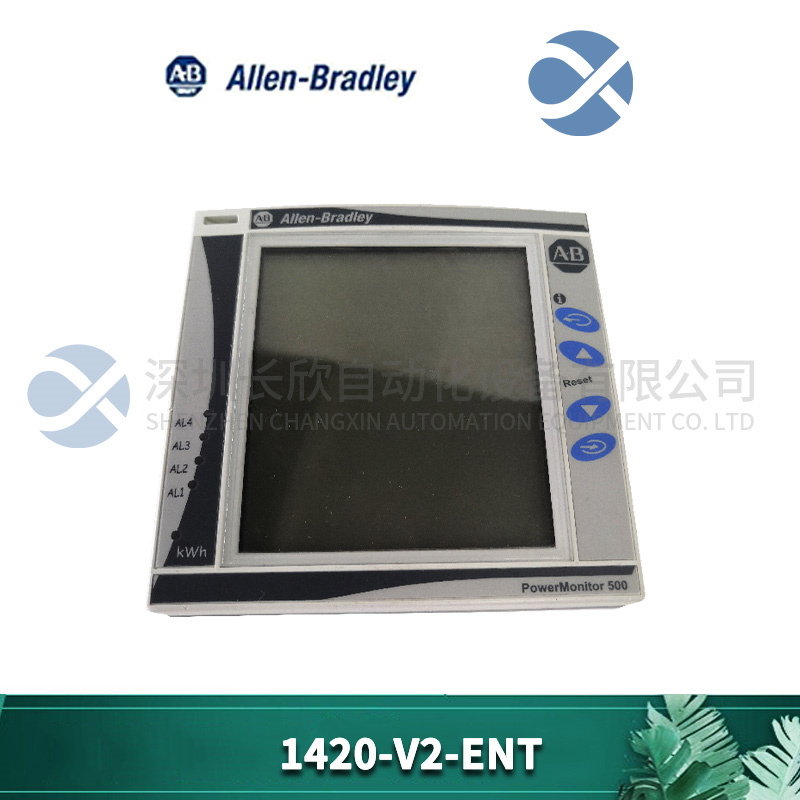




.jpg)
